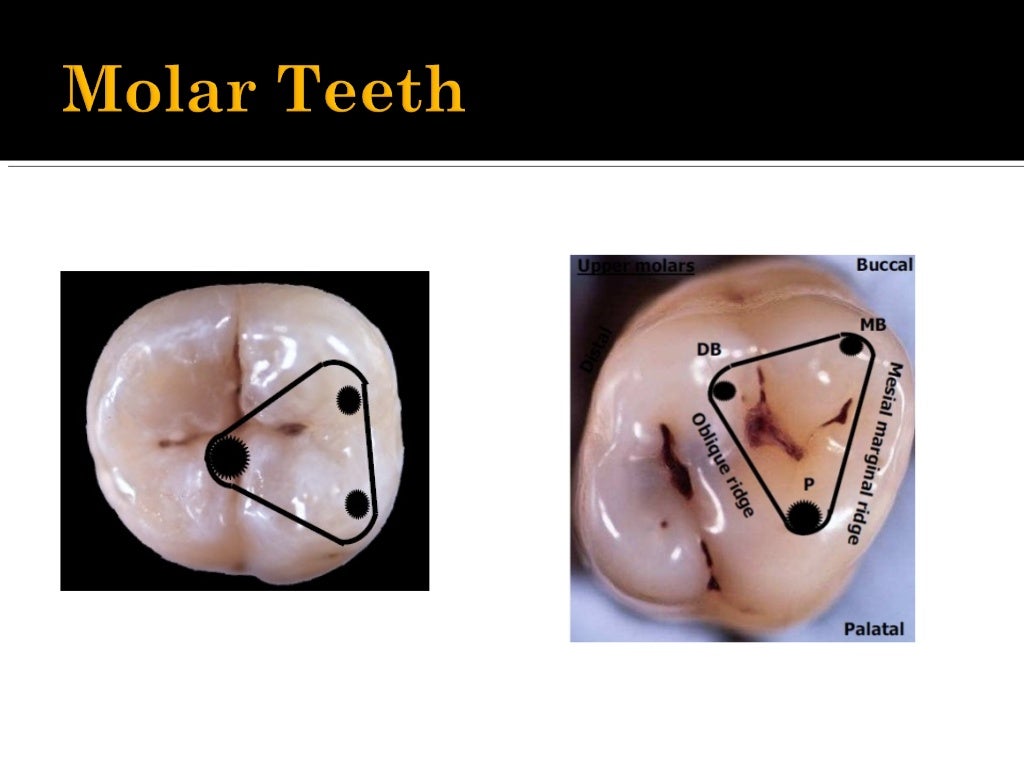

Which allows the endodontist or clinician to make better diagnoses and decision-making before the start of treatment. In endodontics, the best method for an accurate determination of morphology is the CBCT. When this additional root is located in a disto-lingual side it is called radix entomolaris, and if is located on the mesio-buccal side it is called radix paramolaris įor the analysis of mandibular second molars with a C-shaped configuration, different study techniques of their characteristics have been implemented including cross-sections and microcomputed tomography in teeth that have been extracted. On the other hand, mandibular second molars can have root number variations with a supernumerary root. Seo and Park observed that these root canals have a high possibility of splitting into two or three canals in the apical third, so this particular canal anatomy is not predictable based only on the shape of the pulp chamber. This variation seems to be associated with their ethnic. Some studies reported C-shaped root canal prevalence between 2.7% to 8%, more frequent in the Asian population or white race. The C-shaped anatomical configuration can be as a single ribbon or an isthmus connecting individual root canals.

Ī C-shaped configuration is within the anatomical variants that can be found on second molars, this was first described in 1979, by Cooke and Cox as a consequence of an alteration in root development due to the lack of fusion of the Hertwig's root epithelial sheath of the vestibular or lingual side. Mandibular second molars usually have two roots with three root canals, two in the mesial root and one in the distal root however, these teeth can present severe anatomical variations, such as the presence of three canals in the mesial root, two canals in the distal root, or supernumerary roots. Knowledge of the morphology of the root canal system is essential for the correct diagnosis of anatomical variation before starting the endodontic therapy. Their variation was C-shaped root canals and Radix Paramolaris. The most prevalent anatomic presentation of the evaluated sample was a mandibular second molars with two roots, three root canals, and two apical foramina. Radicular grooves 83.3% were found in the lingual area and 16.2% towards the buccal area. The root showed 46% with one foramen, 46% two foramina, and 8% three foramina. Root canals number in these samples were 5.4% a single canal, 21.6% two canals, 70.3% three canals, and 2.7% four canals. According to Fan classification: C1 13.6% in cervical third, C2 10% in the middle third, C3 17.3% in middle third, 15.5% in apical third, and C4 12.7% in the apical third. 10% showed a single foramen, 75.3% two foramina, 13.6% three foramina and 1% showed four foramina.19.5% showed C-shaped anatomical variation, 51.4% in male patients, 48.6% in female patients. 87.7% showed three root canals, 12.1% two root canals, 2.6% four root canals, and 1.6% a single root canal. Overall, 85.5% showed two separated roots, 12.1% a single root, 2.6% three roots or radix. Data was statistically analyzed using The Chi-square test (α = 0,05) to determine any significant difference between gender and the total number of root and root canals, and any significant difference between gender and root canal anatomical variation. Tooth position, number of root and root canals, C-shaped root canal system configuration, presence of extra root (radix), and radicular grooves were assessed. The evaluation was performed by a radiologist with endodontic experience and two endodontists trained with CBCT technology. Methodsġ90 mandibular second molars cone-beam computed tomography images were reviewed. The purpose of this study was to determine the anatomical variations of the root canal system of mandibular second molars using cone-beam computed tomography (CBCT).


 0 kommentar(er)
0 kommentar(er)
